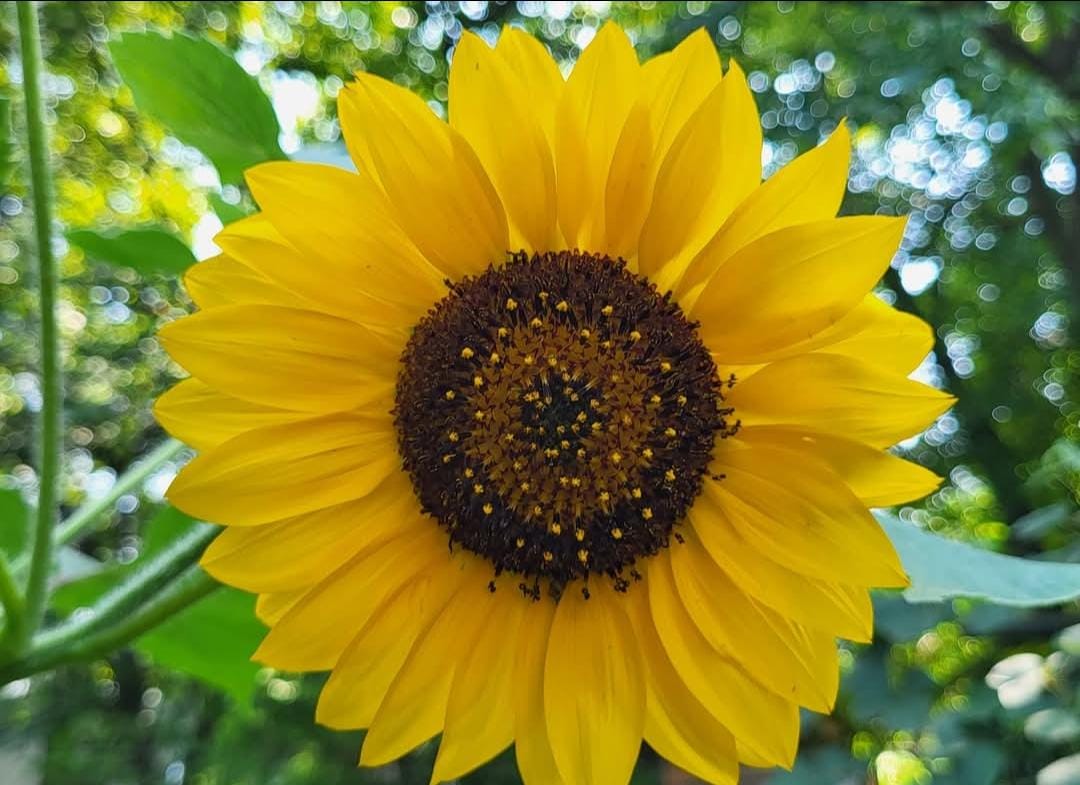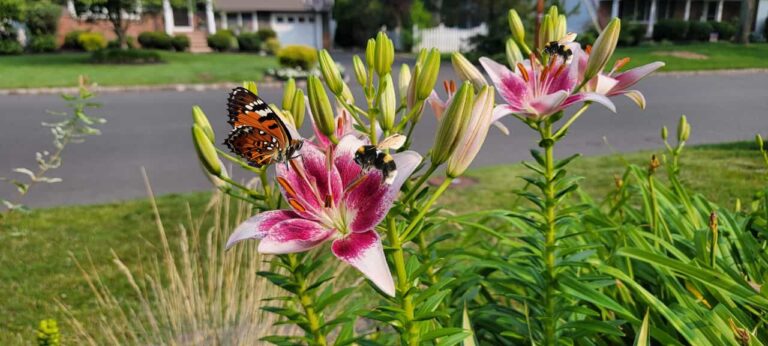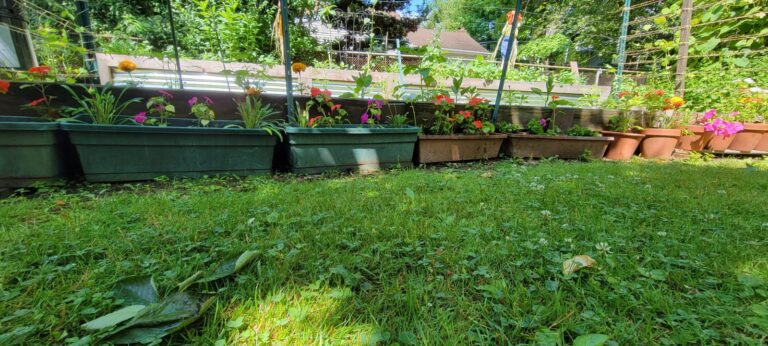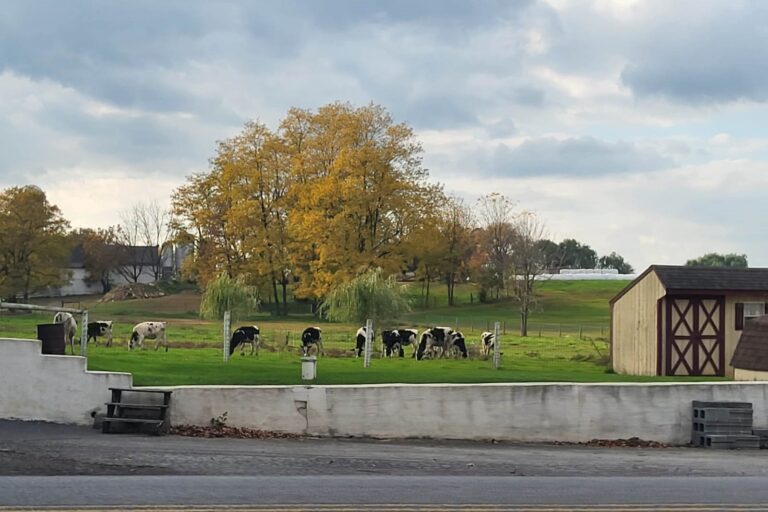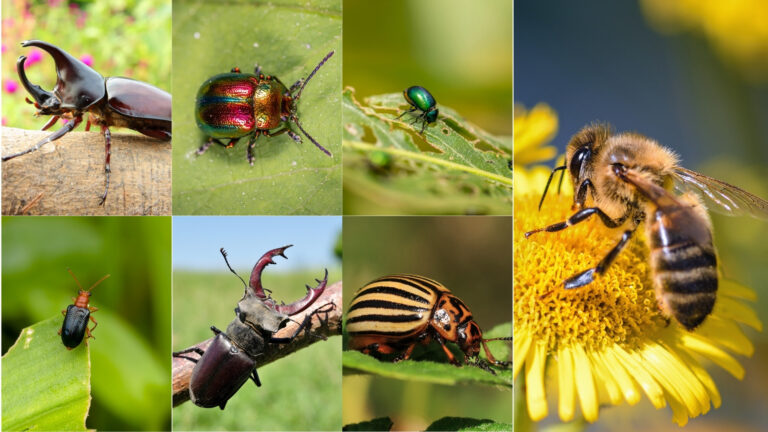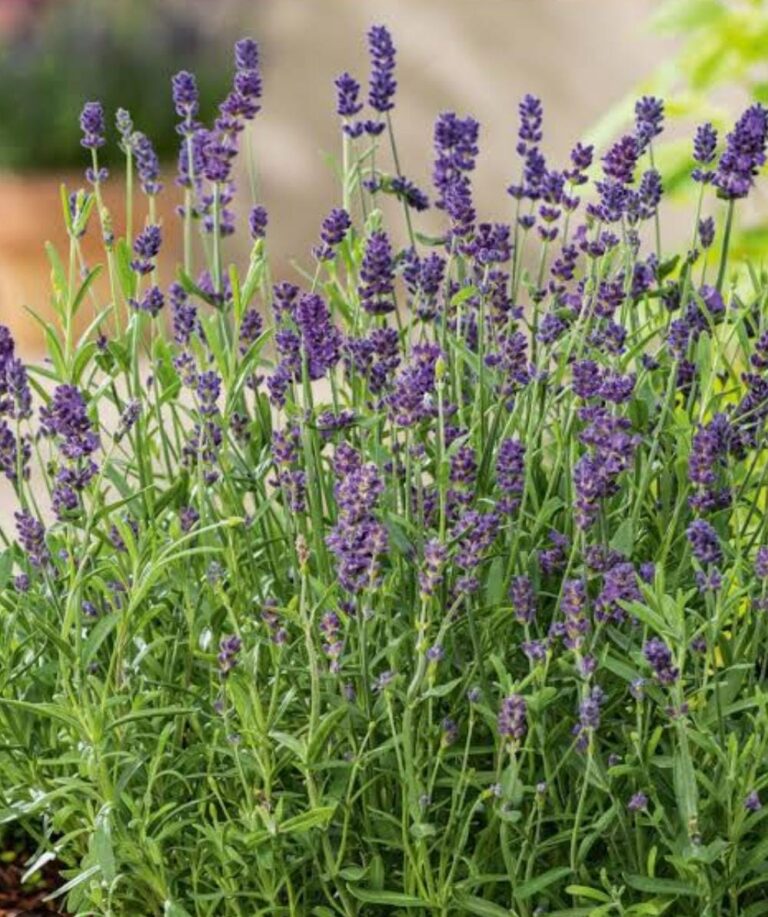Sunflower: 1 Extremely Pretty Bloom in the Gardens
Introduction
Sunflowers (Helianthus annuus) are a sight to behold, capturing attention with their vibrant golden petals and impressive height. But these stunning blooms are more than just a pretty face; they’re a fascinating botanical wonder. Loaded with distinct biological traits, they play a vital role in our ecosystem and hold deep cultural significance worldwide. From art to folklore, sunflowers have woven themselves into the fabric of our lives, inviting us to appreciate their beauty and the many ways they enrich our environment. Previously I wrote about some other flowers in my blogs. This time, we dig deep into the details of this amazing flower.
Botanical Classification and Structure
Sunflowers belong to the Asteraceae family, which includes daisies, dandelions, and marigolds. The sunflower’s defining feature is its huge inflorescence, which is made up of hundreds to thousands of small florets rather than a single bloom. These florets are placed in a highly efficient spiral design that follows the Fibonacci sequence, maximizing both space and seed yield.
The sunflower’s stalk is robust and covered in coarse hairs, which provide structural support for its huge head. The leaves are large and rough, which contributes to photosynthesis and water retention. Its extensive root structure enables it to absorb nutrients and water even in parched environments, making it extremely adaptable.
Growth and Development
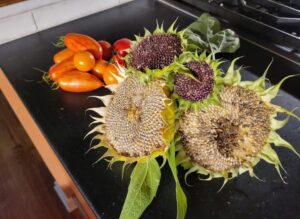
These are annual plants that complete their lives in a single growing season. Germination occurs when seeds are put in well-drained soil with plenty of sunlight. Within days, cotyledons appear, taking nutrients to power early growth. As the plant matures, its stem grows fast, reaching heights of up to 12 feet (3.7 meters) in some kinds.
Heliotropism is one of the most remarkable elements of sunflower growth. During the day, young sunflower buds follow the sun’s journey across the sky from east to west, which is caused by differential cell elongation in the stem. This movement optimizes light absorption for photosynthesis. As the flower matures, it often faces east, which enhances its potential to attract pollinators.
Reproduction and Pollination
These flowers, with their vibrant faces turned toward the sun, are not just a sight to behold; they also play a fascinating role in the ecosystem. These majestic flowers count on a vibrant community of insects for their pollination, with bees leading the charge as their primary pollinators. The unique arrangement of their florets is like nature’s design for efficiency, ensuring that pollen is easily transferred, which contributes to a beautiful mix of genetic diversity.
Each floret contains both male and female structures, giving these flowers the ability to self-pollinate when needed. However, the magic of cross-pollination often leads to even stronger and more resilient offspring.
Once pollinated, the florets embark on their transformation into seeds, each enveloped in a sturdy protective husk. These seeds are treasure troves of oil-rich endosperm, making them a vital source of nourishment for humans, animals, and birds alike. So, next time you see a sunflower, remember it’s not just a pretty flower—it’s a powerhouse of life!
Genetics and Evolution

Sunflowers’ genome is extraordinarily complex, with over 3.5 billion base pairs—more than the human genome. This genetic complexity has enabled them to adapt to a wide range of settings, from arid deserts to temperate zones. Selective breeding and genetic research have resulted in sunflower types with higher oil content, pest resistance, and faster growth rates.
Sunflowers’ wild forebears originated in North America, where Indigenous peoples cultivated them more than 4,000 years ago. Early domestication efforts aimed to increase seed size and oil yield. Today, genetic alterations have resulted in herbicide resistance and enhanced tolerance to environmental challenges.
Sunflowers and Agriculture
These flowers are an important crop worldwide, mainly for their seeds and oil. Sunflower oil is high in unsaturated fats and vitamin E, making it a popular ingredient in cooking and cosmetics. Sunflower seeds are also a nutritious snack, including protein, healthy fats, and important minerals.
Beyond human consumption, sunflower meal, a byproduct of oil extraction, is used to feed animals. The plant’s ability to survive in a variety of soil conditions makes it a valuable crop in areas where other oil-producing plants struggle to grow.
Ecological Benefits
This amazing bounty plays an important part in biodiversity. Their nectar-rich florets attract a diverse group of pollinators, including bees, butterflies, and beetles. This pollinator help is critical for keeping ecosystems healthy and crops productive.
Furthermore, sunflowers are known for their phytoremediation properties. They can absorb heavy metals like lead and arsenic from contaminated soil, making them ideal for land restoration initiatives. Sunflowers were even employed to remove radioactive pollutants during the nuclear disasters at Chernobyl and Fukushima.
Cultural and Symbolic Significance
They have significant cultural implications in various societies. In many cultures, they represent warmth, happiness, and longevity. The ancient Incas regarded sunflowers as sacred symbols of the sun deity, and European artists such as Vincent van Gogh immortalized them in their paintings.
Sunflowers, according to modern interpretations, represent environmental sustainability and resilience. Their vibrant yellow flowers and tall stems evoke hope and optimism, making them attractive in gardens, festivals, and public places.
Culinary Uses of Sunflowers
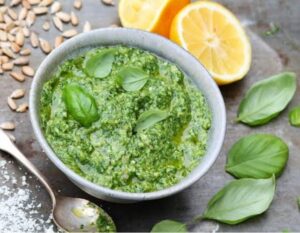
These beauties have a wide range of culinary applications, making them an important food source globally. Sunflower seeds are popular as a raw, roasted, or flavored snack due to their high protein, healthy fat, and vital nutrient content. They are frequently used in salads, cereals, and baked products to improve texture and flavor.
Sunflower oil, produced from the seeds, is one of the most popular cooking oils, known for its high smoke point and mild flavor. It is used in frying, baking, and salad dressings, as well as margarine manufacturing. The oil’s high vitamin E level also has health benefits.
Aside from seeds and oil, sunflower sprouts and petals are edible and used in gourmet recipes. Sunflower greens are rich in vitamins and minerals and are commonly used in salads, sandwiches, and smoothies. The petals, with their mild, somewhat sweet flavor, are used as a colorful garnish or ingredient in herbal tea.
Sunflower seed butter is a popular alternative to peanut butter for those with nut allergies. It is high in nutrients and has a creamy texture, making it suitable for use in spreads, sauces and desserts.
Medicinal Uses
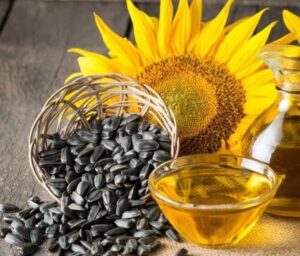
Sunflowers aren’t just vibrant and cheerful—they also boast a wealth of medicinal benefits that have been embraced by both traditional and modern healing practices. Take sunflower oil, for example. Infused with antioxidants and anti-inflammatory properties, it’s a fantastic ally for tackling skin concerns like eczema and acne. Plus, its rich vitamin E content aids in wound healing and helps combat oxidative stress in our cells.
But the goodness doesn’t stop there! Seeds are a powerhouse, too. Packed with phytosterols, they work wonders in lowering cholesterol levels and supporting heart health. And let’s not forget about magnesium, which promotes overall well-being. So, the next time you see a sunflower, remember it’s not just a pretty face—it’s a wellness superstar!
These flower extracts contain antibacterial characteristics and have been researched for their potential in treating bacterial and fungal illnesses. Additionally, bioactive components in sunflowers are being researched for their probable function in cancer prevention, as they include polyphenols with antioxidant benefits. The plant’s medicinal properties underscore its significance beyond food and aesthetics.
Future Research and Innovations
These amazing flowers are currently being researched by scientists for their potential applications in medical, renewable energy, and climate adaptability. Researchers want to design crops that are better suited to the problems posed by climate change by investigating the genes responsible for drought tolerance. Furthermore, sunflower-derived biofuels are a green energy source with low carbon emissions.
Conclusion
Sunflowers are more than just stunning blooms; they are true champions of the environment, vital crops, and rich cultural icons. With their incredible ability to boost biodiversity, rejuvenate polluted soils, and provide essential nutrients, sunflowers play a crucial role in supporting both nature and humanity. Their vibrant presence not only brightens our world but also enriches it in profound ways.

